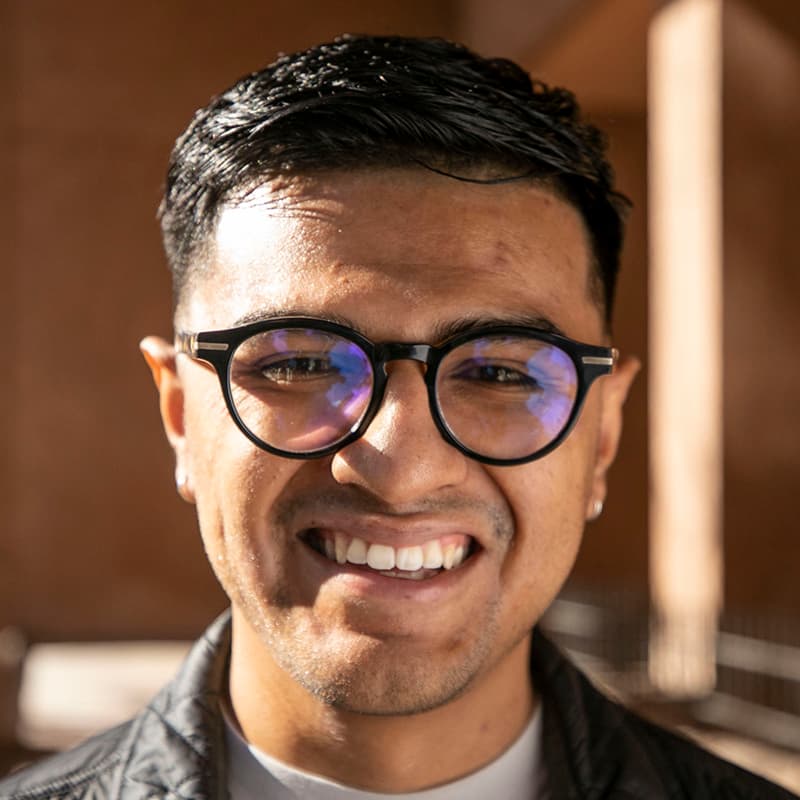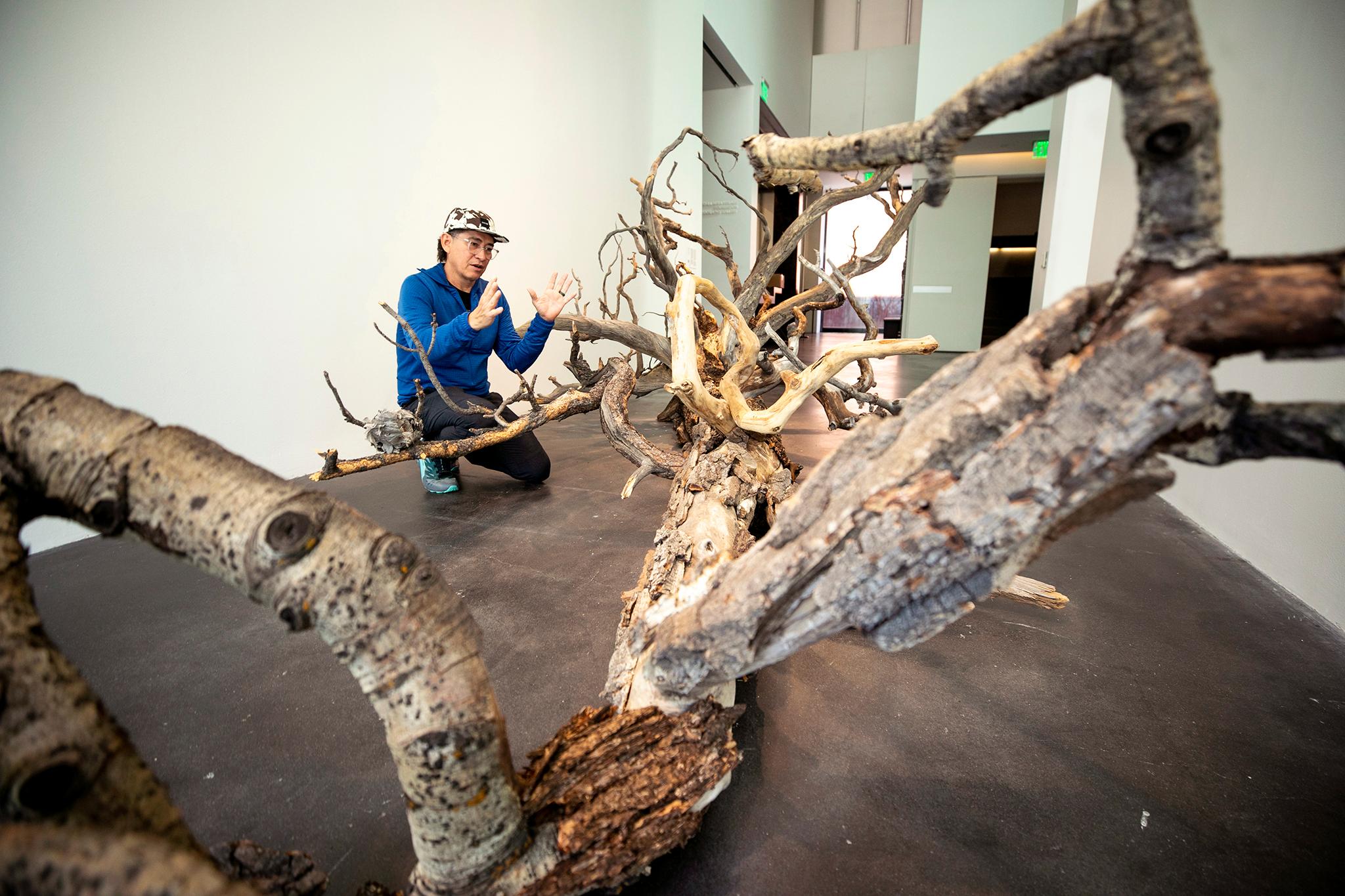The voices of twelve tribal community elders echo above the sculpture of a tree puzzled together using the pieces of many species of trees in Colorado.
Titled "Elders," Denver-based artist Steven J. Yazzie used wood screws and dowels to lego together the sculpture for his spring exhibition show at MCA Denver.
“I’ve been drawn to these fallen trees and exposed roots,” Yazzie said. “I’ve always wanted to bring some form of nature into the museum.”
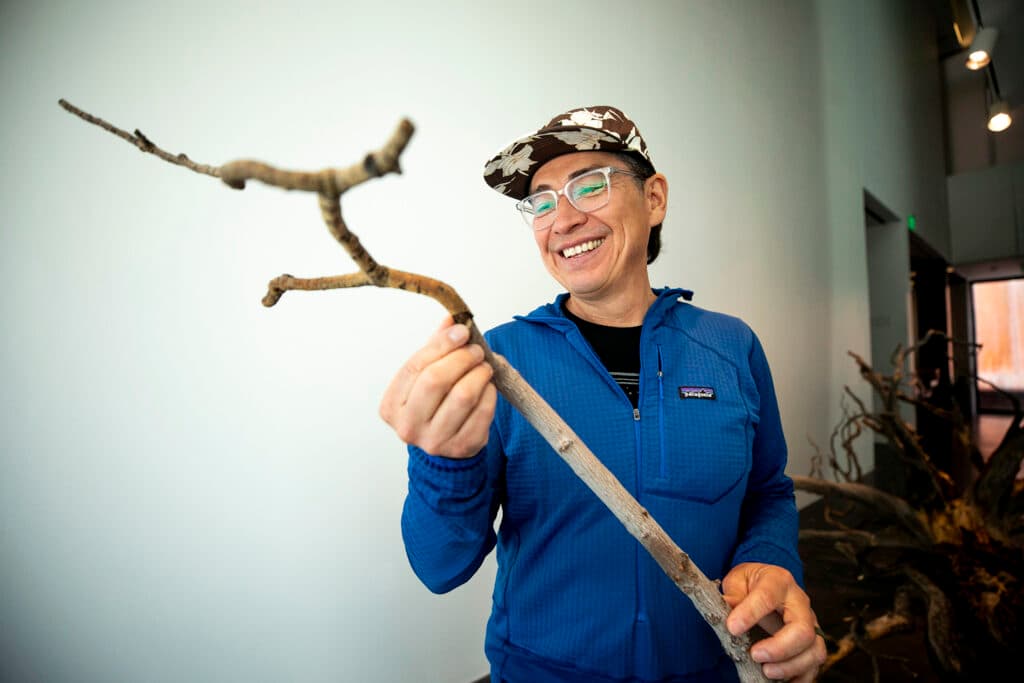
MCA Denver is currently hosting three solo spring exhibitions, two of which will be on view through Sunday, May 26.
Every level of the MCA is its own individual exhibition, but there are throughlines for each artist that draw on observations of the natural world. Rather than using landscapes as backdrops, nature is the main character.
“These three exhibitions really foreground the landscape and our relationship to nature,” said Leilani Lynch, MCA’s Associate Curator who organized all three projects.
Works by artists Gala-Porras-Kim, Steven J. Yazzie and Ken Gun Min are all on display offering their own versions of what it is like to observe, converse with and move with nature's natural course.
Take a ride with Steven J. Yazzie
Steven J. Yazzie’s "Meandered" exhibition reflects on his shifting perception of and relationship with the landscape.
Yazzie originally grew up in the northern region of Arizona and New Mexico’s Navajo reservation.
His research and fieldwork have now been in Colorado for the past six and a half years, capturing the natural movements of nature through various mediums.
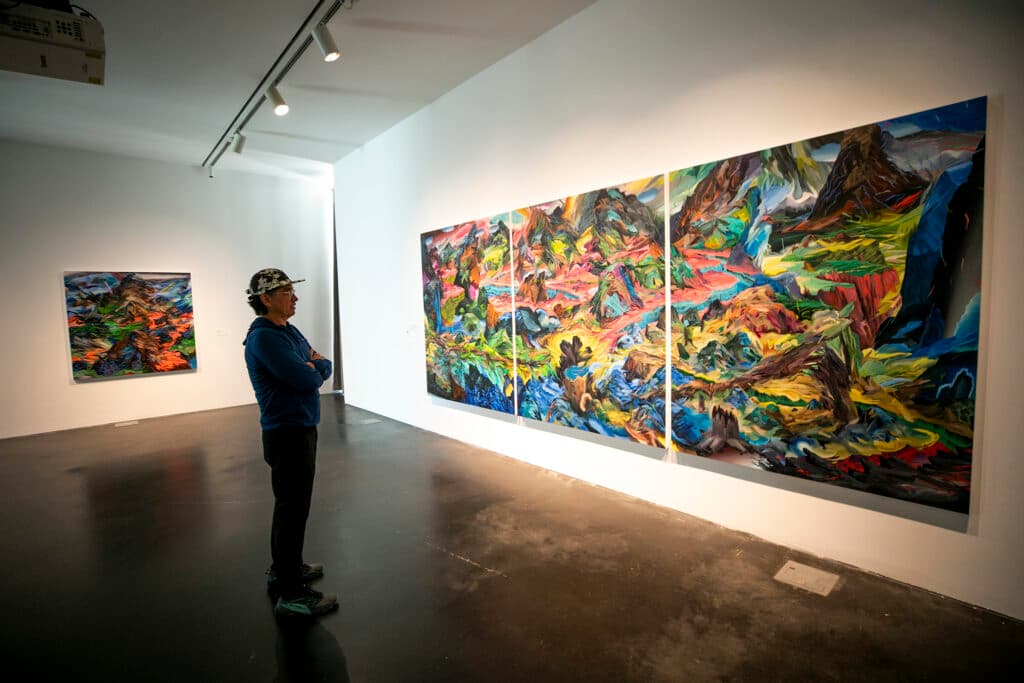
“I love the verticality of this place, and how flat it can be,” Yazzie said about his experience observing Colorado landscapes.
Part of a series known as "Drawing and Driving," Yazzie draws landscapes from the seat of a tricycle with an attached easel.
For as long as the bike is in motion, Yazzie attempts to draw the landscapes of Denver parks at speeds that some people might view their own natural worlds.
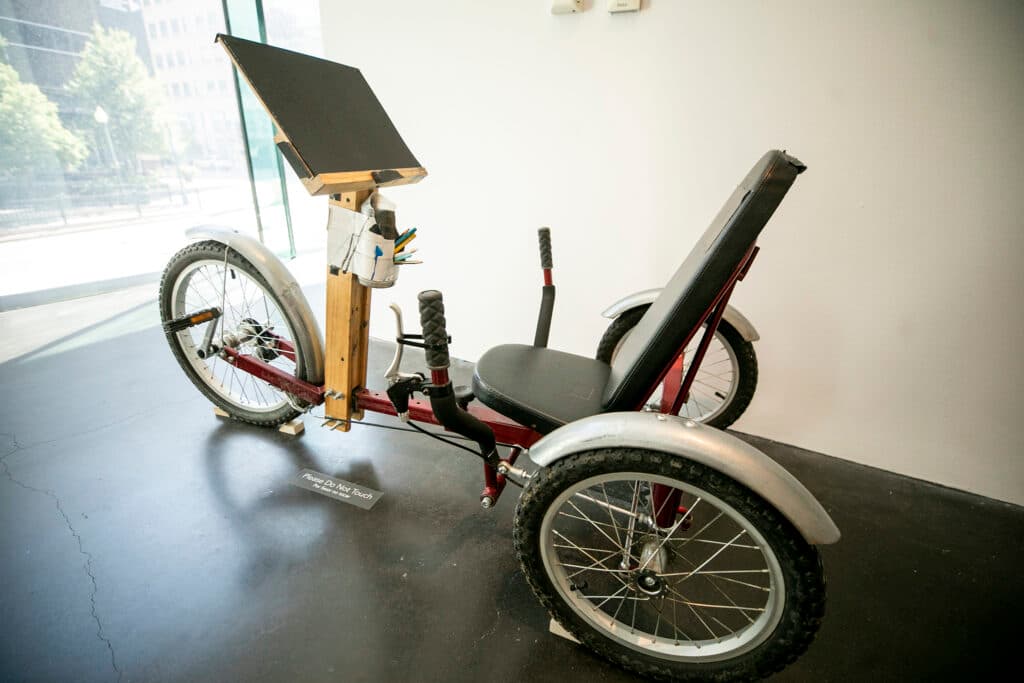
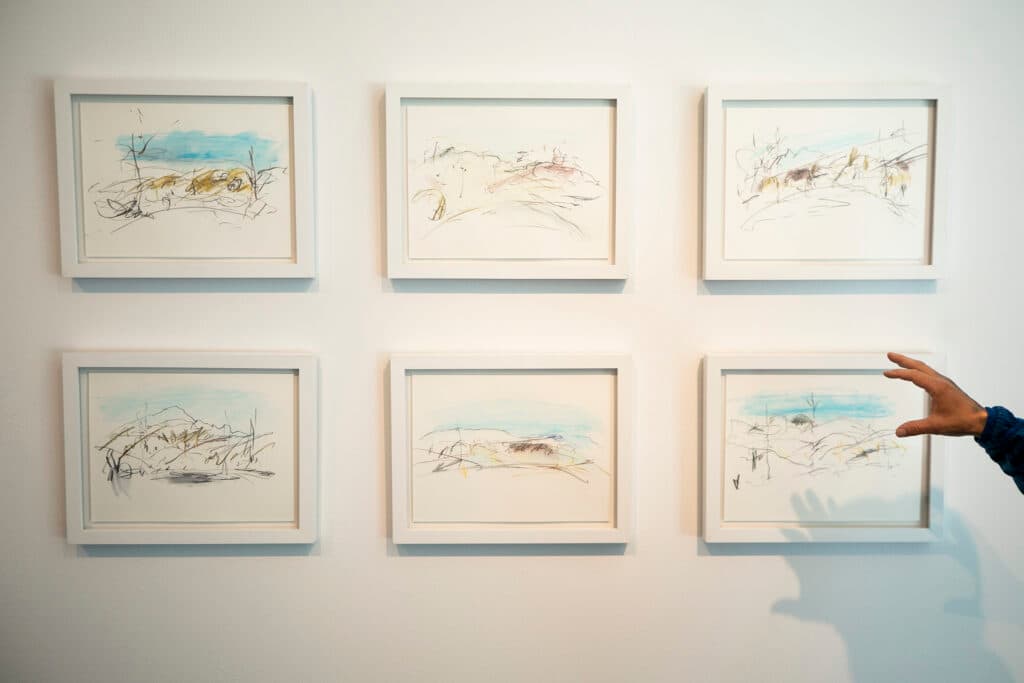
The exhibit also showcases aerial footage that follows fences, railways and mining sites, capturing natural and human-made markers that etch into the earth’s surface.
Many of the pieces in Yazzie’s exhibition are new, commissioned by the MCA for his show.
For Yazzie, building tree sculptures, capturing aerial footage of decommissioned mining sites and riding a tricycle through Denver parks was a reminder to get in touch with the natural world in front of you.
“I’ve learned that it’s just as important to not only be out and experiencing the land…far out of the city as much as it is in your backyard,” Yazzie said. “There’s a deep value in [seeing] ourselves in the relationship with this world, with the planet.”
An embroidered view on race, gender and more from Ken Gun Min
Born in Seoul, South Korea, and based in California, artist Ken Gun Min uses imagined landscapes in his paintings to explore issues of race, gender, sexuality and the immigrant experience.
Merging Western-style oil paints and Korean pearl pigments on raw canvas, artworks are inspired by real events like violence against transgender women in a Los Angeles park and homage to a palm tree that was cut down in the artist’s front yard of his Koreatown home.
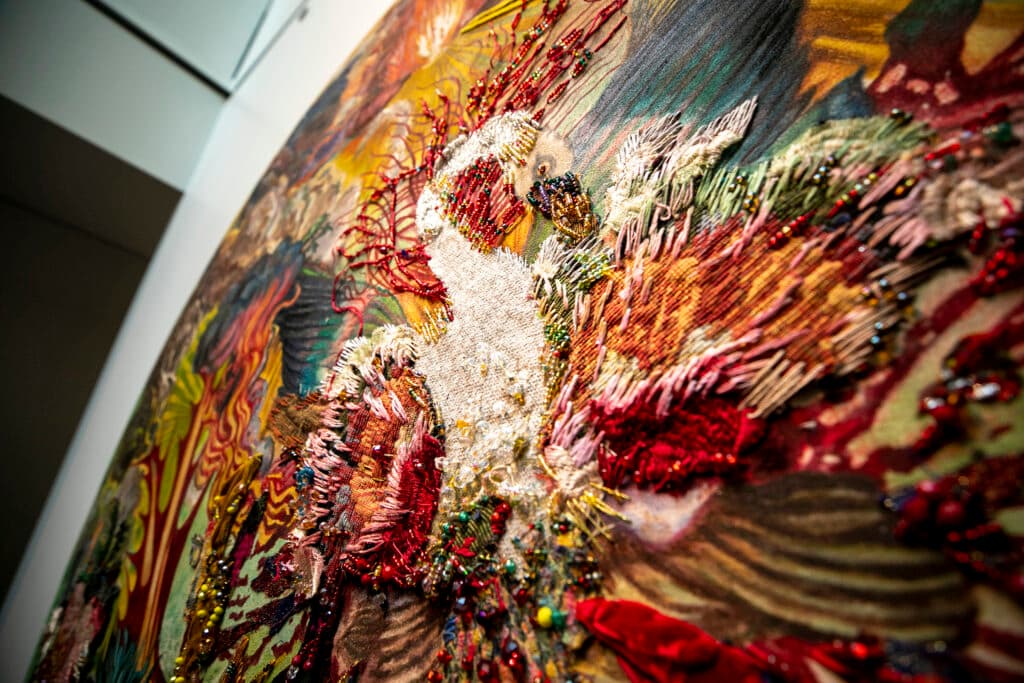
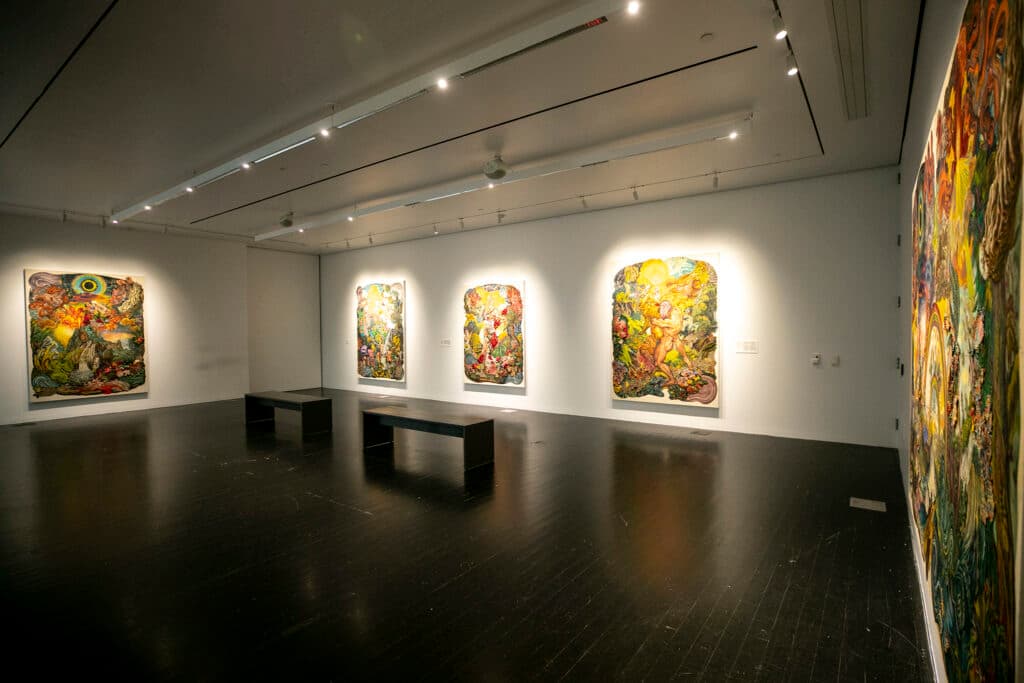
“One of the things I love about Ken’s paintings is that it isn’t all sunshine and rainbows … there are layers of darkness,” Lynch said. “All of these complications are happening in this landscape. His work is so rich because there is so much happening in the work.”
Leaving absent space in and around the canvas paintings, Min’s paintings are dream-like portals to the imagined natural landscapes.
"The Lost Paradise" is Min’s first museum solo exhibition.
‘A Hand in Nature’ from Gala Porras-Kim will remain on view through Sept. 1
Gala Porras-Kim’s ‘A Hand in Nature’ questions the ways in which objects of the natural world are preserved, conserved and put on display within the walls of a museum.
Pieces in the show are intentionally set up to evolve and degrade throughout the span of the exhibition.
Salt-saturated concrete develops cracks over time; local rainwater drips onto copal resin, creating a tiny indent on the surface; slow drops of water drawing from the museum's humidity make a monochromatic painting.

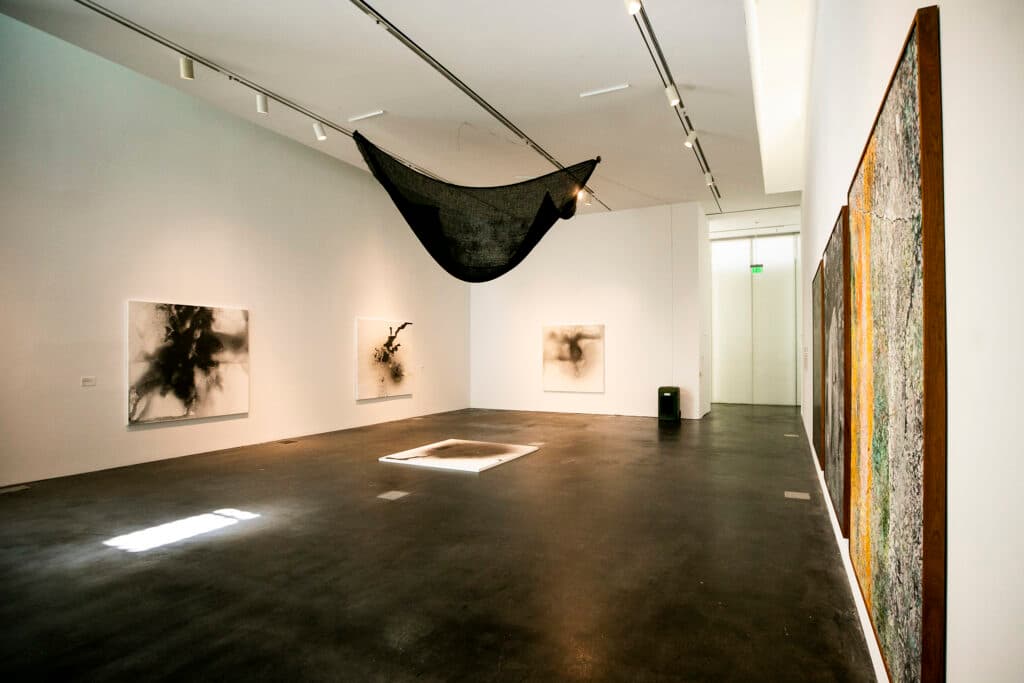
These artifacts imagine Porras-Kim’s work as if they had the agency to self-determine their position within the four walls of a museum.
MCA Denver is a non-collecting museum, a Kunsthalle model space designed for showing and not collecting art, providing an intriguing backdrop for this particular show. A notable crack in its second-floor window even became part of Porras-Kim’s exhibition that seemingly beautifies and romanticizes the processes of erosion.
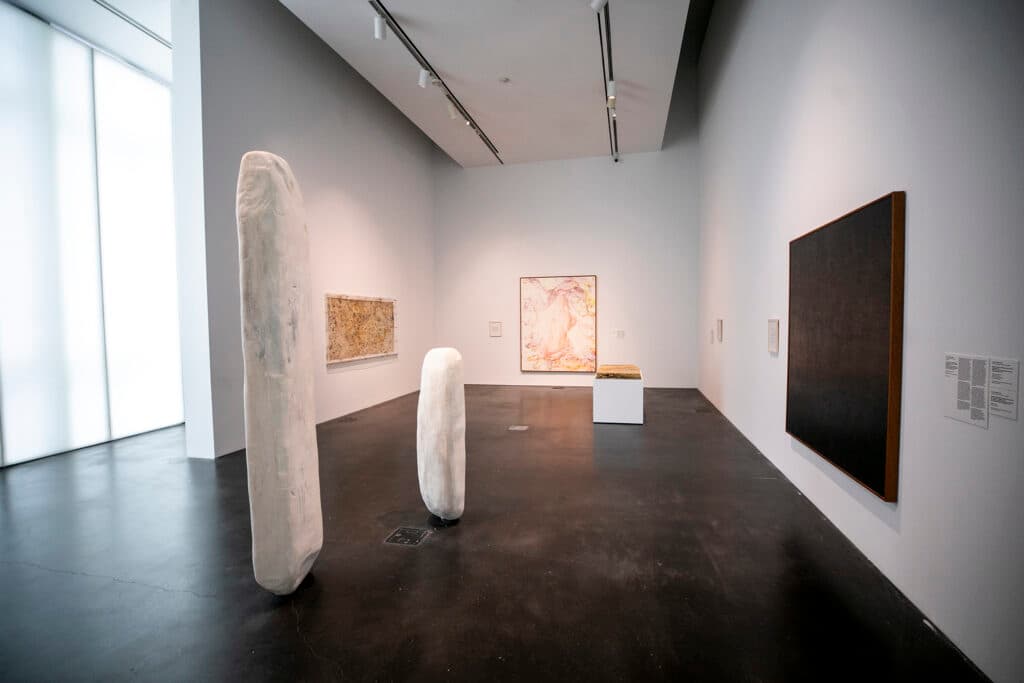
“Her work poses a lot of very serious and conceptual questions, but there’s also a sense of humor to the work if you look a little bit closer,” Lynch said.
The artworks are meant to carry ongoing conversations like the attached letters that Porras-Kim addresses to museum curators surrounding their institution’s function as society’s meaning-makers.


